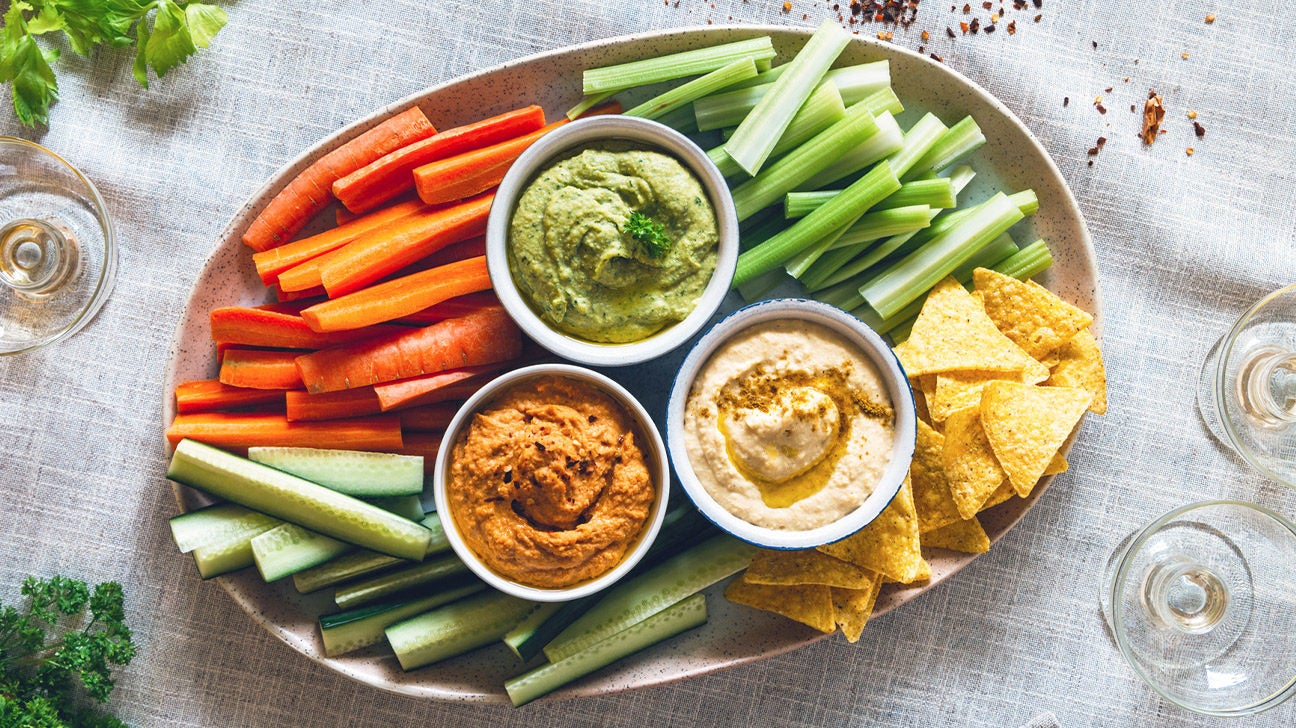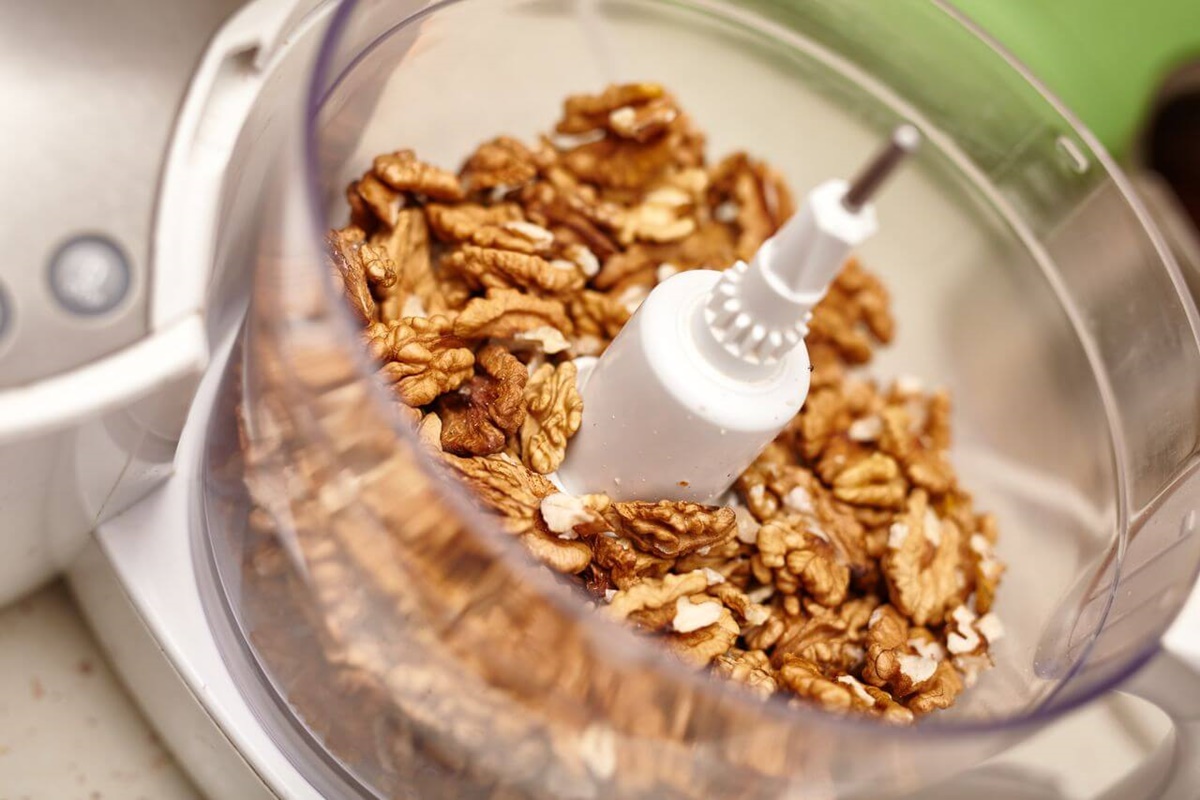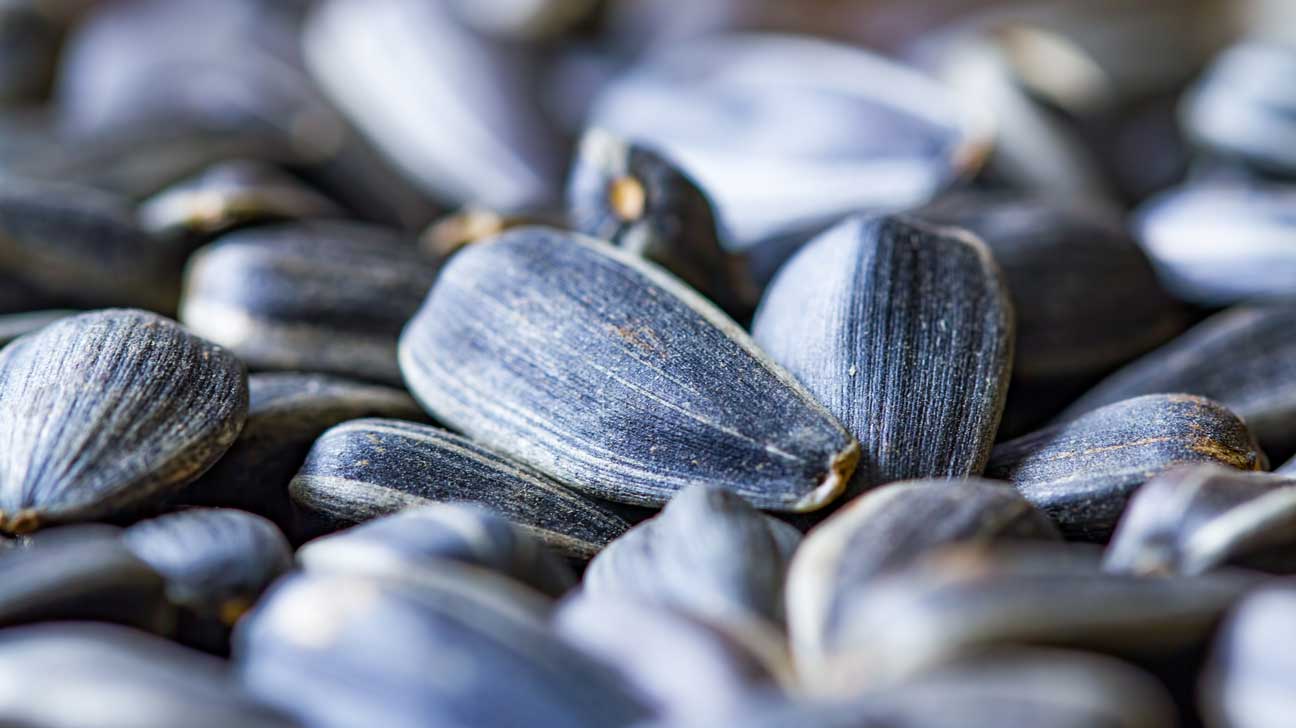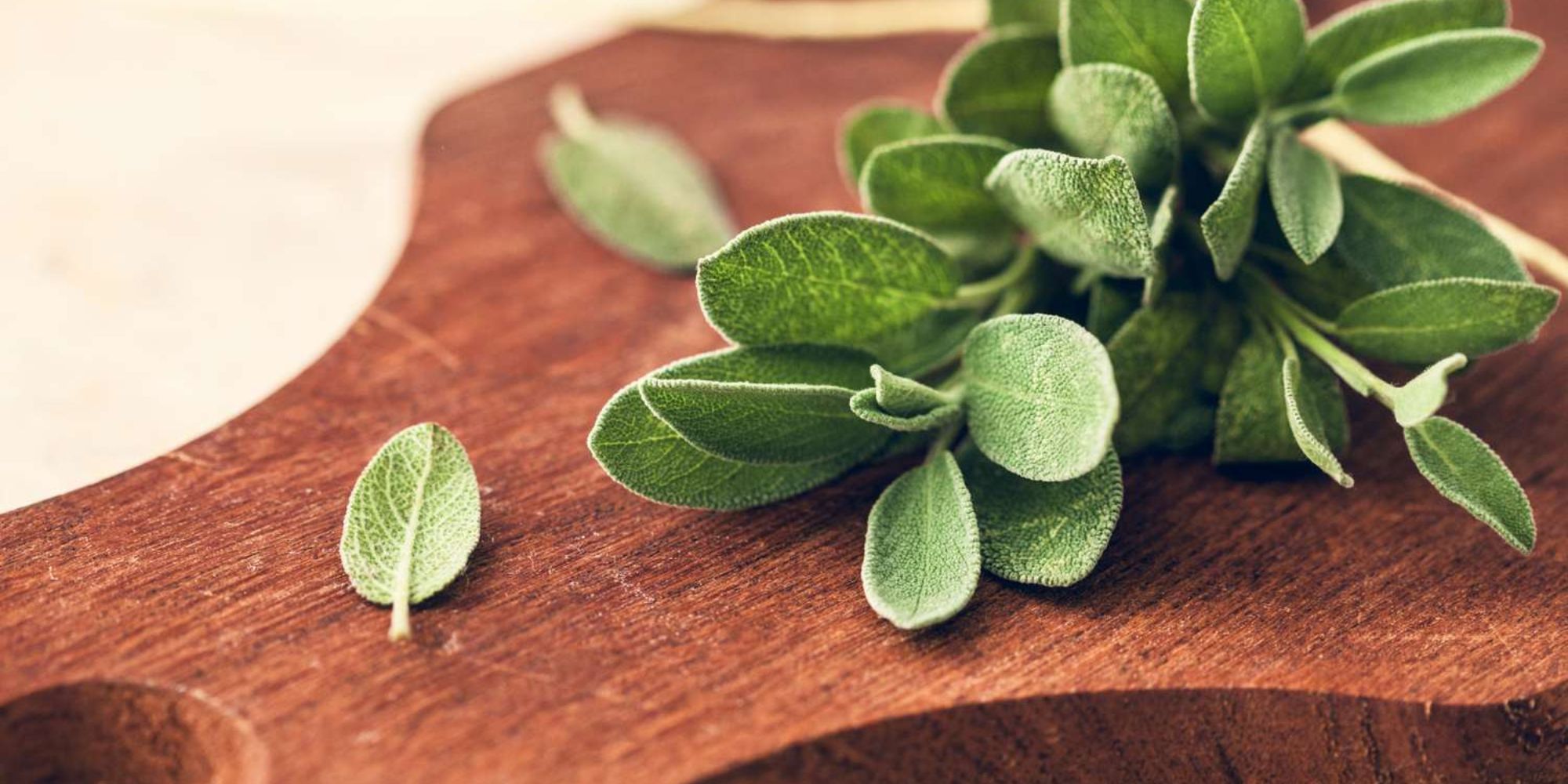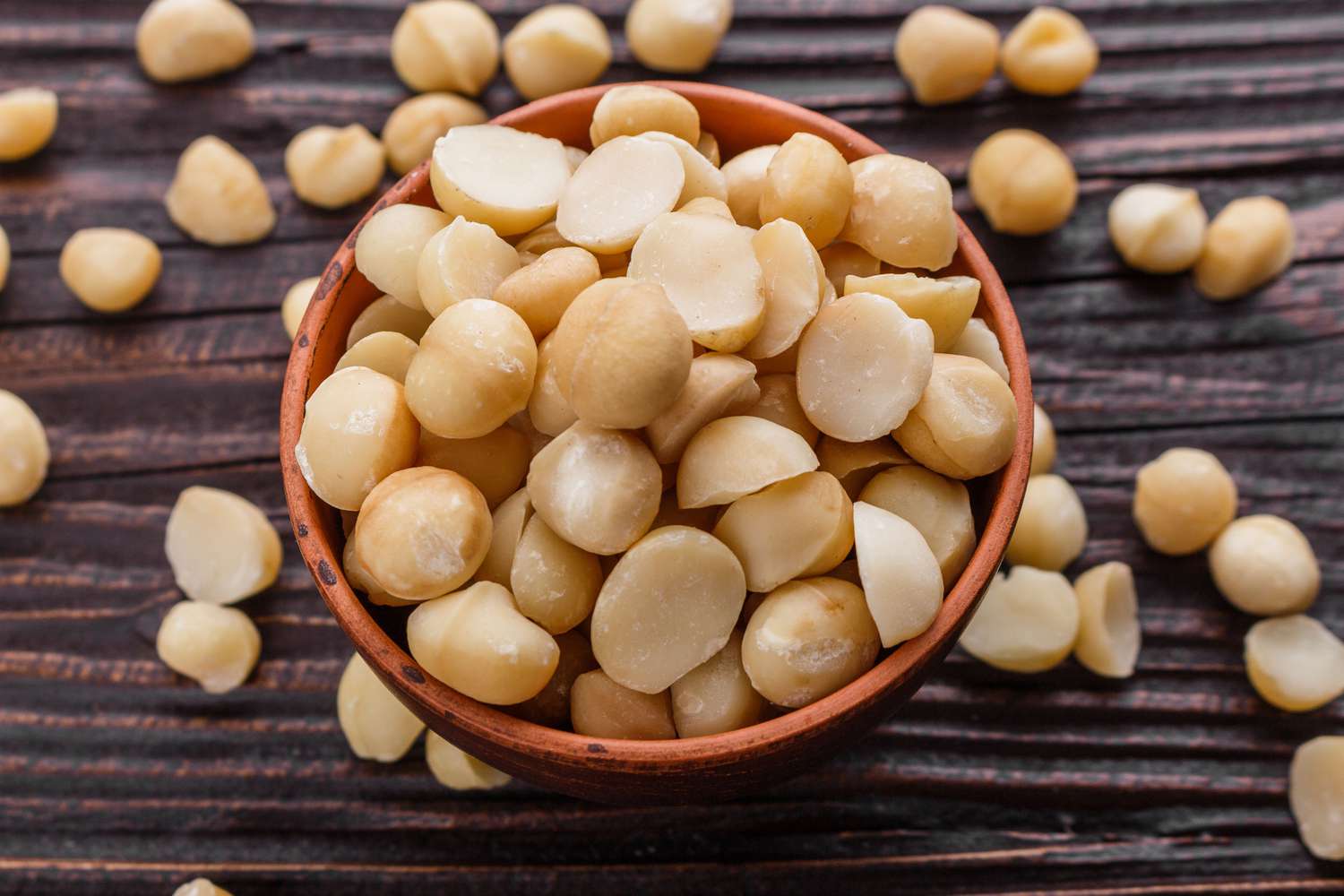Making homemade yogurt can seem tricky, but it's simpler than you think. With just milk and a bit of store-bought yogurt, you can create a creamy, delicious treat right in your kitchen. Homemade yogurt is not only tasty but also healthier, free from preservatives and additives. Plus, you can customize it with your favorite flavors and toppings. Whether you enjoy it plain, sweetened, or mixed with fruits, mastering this skill will elevate your breakfast game. Ready to dive into the world of homemade yogurt? Let's get started on this fun and rewarding culinary adventure.
Gather Your Ingredients for Homemade Yogurt
Ingredients
- 4 cups whole milk
- 2 tablespoons plain yogurt (with live cultures)
- 1/4 cup powdered milk (optional, for thicker yogurt)
- 2 tablespoons honey or sugar (optional, for sweetness)
- 1 teaspoon vanilla extract (optional, for flavor)
Essential Tools for Making Homemade Yogurt
- Medium-sized saucepan
- Whisk
- Thermometer (preferably digital for accuracy)
- Measuring cups and spoons
- Small bowl
- Large spoon or ladle
- 4-cup (or larger) glass measuring cup or a bowl with a pour spout
- Towels or a blanket for insulation
- Strainer (optional, for thicker yogurt)
- Cheesecloth or a clean dish towel (if straining)
- Containers with lids for storing yogurt
For creamy homemade yogurt, heat milk slowly to 180°F, then cool to 110°F. Add starter culture, mix gently, and incubate in a warm spot for 4-12 hours until set.
Why Make Homemade Yogurt?
Homemade yogurt stands out for its freshness, customization, and health benefits. Unlike store-bought varieties, making yogurt at home allows individuals to control ingredients, avoiding preservatives and excessive sugar. This process not only nurtures a healthier lifestyle but also fosters a connection with food, enhancing its nutritional value and taste.
Engaging in the creation of homemade yogurt cultivates patience and appreciation for slow food. This hands-on experience educates on the fermentation process, enriching one's culinary skills. Moreover, it's a sustainable choice, reducing plastic usage from commercial yogurt containers, thereby contributing positively to environmental conservation.
Step-by-Step Guide to Homemade Yogurt
Mastering the Art of Homemade Yogurt
-
Gather Ingredients and Equipment
- Milk (whole, 2%, or skim)
- Yogurt Starter (plain yogurt with live cultures)
- Heavy-bottomed pot
- Thermometer
- Whisk
- Small bowl
- Towels
- Jars or containers
-
Heat the Milk
- Pour milk into the heavy-bottomed pot.
- Heat over medium heat until it reaches 180°F.
- Stir occasionally to prevent scorching.
-
Cool the Milk
- Remove the pot from heat.
- Allow the milk to cool to 110°F.
- Speed up cooling by placing the pot in a cold water bath.
-
Prepare the Yogurt Starter
- In a small bowl, mix 2 tablespoons of yogurt starter with 1/2 cup of cooled milk.
- Whisk until smooth.
-
Combine Milk and Starter
- Pour the yogurt starter mixture back into the pot of cooled milk.
- Whisk thoroughly to ensure even distribution.
-
Incubate the Yogurt
- Pour the mixture into jars or containers.
- Cover jars with lids or plastic wrap.
- Wrap jars in towels to maintain warmth.
- Place jars in a warm environment (oven with light on, cooler with warm water, or yogurt maker).
-
Fermentation Period
- Allow the yogurt to ferment for 4-12 hours.
- Check periodically for desired thickness and tanginess.
- Longer fermentation results in thicker, tangier yogurt.
-
Refrigerate the Yogurt
- Once fermentation is complete, refrigerate the yogurt.
- Chill for at least 2 hours before serving.
-
Flavor and Serve
- Add sweeteners, fruits, or flavorings if desired.
- Enjoy your homemade yogurt plain or with toppings.
-
Store Properly
- Keep yogurt in airtight containers.
- Consume within 1-2 weeks for best quality.
-
Save Starter for Next Batch
- Reserve 2 tablespoons of your homemade yogurt.
- Use as a starter for your next batch.
-
Troubleshooting Tips
- If yogurt is too runny, try longer fermentation or adding powdered milk.
- If yogurt is too tangy, reduce fermentation time.
- Ensure all equipment is clean to avoid contamination.
-
Experiment with Variations
- Try different types of milk (cow, goat, almond).
- Add flavors like vanilla, honey, or fruit purees.
- Experiment with fermentation times for different textures.
-
Enjoy the Process
- Making yogurt at home can be a fun and rewarding experience.
- Share your creations with family and friends.
Crafting Your Own Yogurt
Making homemade yogurt isn't just about saving money; it's about creating something delicious and healthy with your own hands. With a few simple ingredients like milk and starter culture, you can whip up a batch of creamy, tangy yogurt right in your kitchen. Remember to keep everything sterile to avoid unwanted bacteria, and maintain the right temperature for the best results.
Once you've got the basics down, feel free to experiment with different flavors and add-ins. Fresh fruit, honey, or even a bit of vanilla can take your yogurt to the next level.
So, grab your ingredients, follow the steps, and enjoy the satisfaction of making your own yogurt. It's a fun, rewarding process that results in a tasty treat you can feel good about eating. Happy yogurt-making!
Frequently Asked Questions About Homemade Yogurt
How long does it take to make homemade yogurt?
Making homemade yogurt usually takes about 8-12 hours for the fermentation process. Prep time is around 15-20 minutes.
What ingredients do I need?
You’ll need milk and a starter culture (like a spoonful of plain yogurt with live cultures). Some folks add powdered milk for a thicker texture.
Can I use any type of milk?
Yes, you can use whole milk, 2%, or even non-dairy milk like almond or soy. Just make sure it’s unsweetened and unflavored.
How do I know when the yogurt is ready?
The yogurt should be thickened and have a tangy flavor. If it’s still runny, let it ferment a bit longer.
How do I store homemade yogurt?
Store it in the refrigerator in an airtight container. It’ll keep for about 1-2 weeks.
Can I flavor my homemade yogurt?
Absolutely! Add fruit, honey, or vanilla extract after the yogurt has set. Avoid adding flavors before fermentation.
What if my yogurt turns out too runny?
If it’s too runny, try adding a bit of powdered milk next time or let it ferment longer. You can also strain it to make Greek yogurt.





